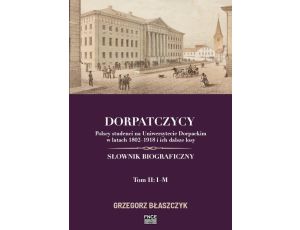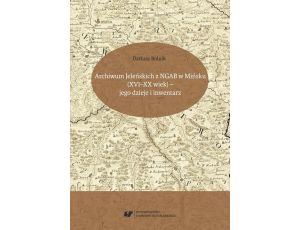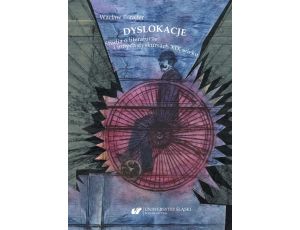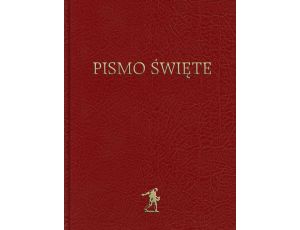Opis produktu
Opinie
This monograph provides insights into European courtly circles from the perspective of structural and cultural changes that took place both in the reigning monarch’s courts and in private circles from the Middle Ages to the end of the 18th century. Regardless of the patron or patroness, the court was undoubtedly an interesting administrative, economic, and cultural structure, exerting a strong influence on the organization of European society in the pre-industrial era. The structure of the European ruling courts fluctuated constantly: their organization, their members, and the role they played changed. Not only was the court an important element of state administration and the administrator of offices, goods, and means, but also the creator of new cultural values and the environment where the youth was educated, where social advancement was possible, and where clerical and political careers flourished.
To a large extent, their size, members, and etiquette depended on the financial capabilities, as well as on the political structures of the countries in which they operated. With time and the development of new structures in the royal or aristocratic courts, which were the conveyor of elite values as well as new aesthetics and fashion, the court would become not only an element of authority, but also of prestige, as well as an expression of wealth belonging to a specific social group characterized by a coherent system of signs, gestures, and cultural codes, which constituted a community of educational models, and ceremonies.
To a large extent, their size, members, and etiquette depended on the financial capabilities, as well as on the political structures of the countries in which they operated. With time and the development of new structures in the royal or aristocratic courts, which were the conveyor of elite values as well as new aesthetics and fashion, the court would become not only an element of authority, but also of prestige, as well as an expression of wealth belonging to a specific social group characterized by a coherent system of signs, gestures, and cultural codes, which constituted a community of educational models, and ceremonies.
Cechy
| Rodzaj: | e-book |
| Format pliku: |
|
| Język publikacji: | angielski, polski |
| Rok wydania: | 2024 |
| Liczba stron: | 282 |
| Redakcja: | Anna Penkała-Jastrzębska, Bożena Popiołek, Urszula Kicińska |











